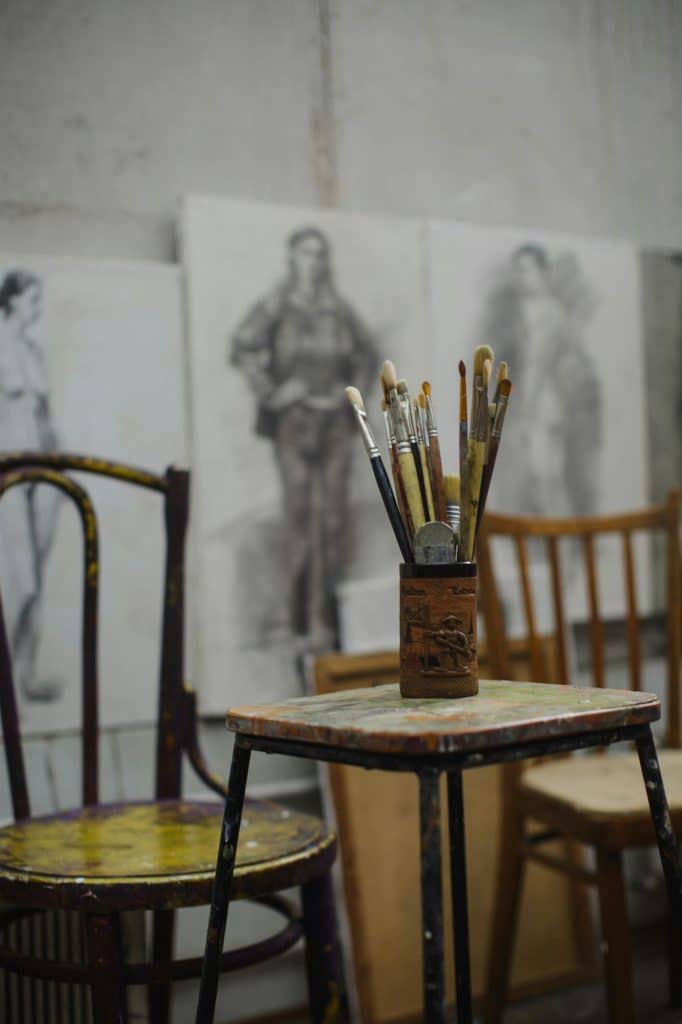Art is a fascinating expression of culture and can be a great investment. And a fine art storage facility is one of the most important aspects of owning and storing valuable art collections. The role of an art storage facility is to protect and maintain the integrity of the art during storage. Therefore, you need to ensure that your chosen facility is up to the task.
Many fine art storage facilities exist, and not all the facilities are equal. Thus, selecting the right storage facility can be a difficult task that requires much consideration and research.
Here are some factors to help you choose the correct art storage facility.
Safety And Security
An art piece represents several hours of hard work for an artist, so Art Storage is important when you may want to add new pieces but still want to keep your existing art inventory safe. Safety is critical whether you are storing an art piece temporarily or long-term.
A reputable storage facility should protect from natural and manufactured calamities. As a collector, you want a facility with modern security features that meet the standards of your insurer. Some features to look out for include:
- Biometric access
- 24-hour CCTV surveillance
- Burglar alarms
- Smoke detectors
- System inventory control
However, having the features installed is not enough. They also have to be maintained regularly to keep threats at bay and give you peace of mind.
Staff Professionalism And Training
The art warehousing industry is largely unregulated. And so one important consideration is employee art handling training. Storing art involves many risks, and an untrained staff can damage the art easily.
Storage facility personnel need to be careful about fingerprints, breakages, and climate. An art specialist will treat your artwork with the utmost care when cleaning, handling and packing. Some basic preservation techniques to protect art include:
- Storing paintings away from direct sunlight
- Minimizing contact with the artwork
Experienced staff will also help with cataloging your art, which will help you stay organized and remember what’s in storage.
Climate-controlled Environment
Art is very sensitive to temperature and humidity. Unfavorable climate conditions in the storage facility will cause a painting to lose its shape and structure over time. Paint can crack, warp, or discolor in unfavorable temperatures. The appropriate temperature for art storage is 70-72 degrees Fahrenheit.
Humidity is also key in maintaining an art piece. Too much and you run the risk of mold and too little could cause the painting to chip. A humidity of 50 percent works best for art. An excellent art facility should protect your art against heat, cold, humidity, and pests.
Location And Size Of The Facility
The storage facility location should be easy and fast to access. The best approach is to look for a facility close to where you live or work. The proximity will also reduce shipping costs and allow you to visit your collection as often as necessary.
The size of the facility is also important. Choose a facility that can accommodate all your pieces with ease, whether they’re paintings or sculptures. You want storage where each piece has its own space and you can view a piece without moving it.
So, if you have a large collection or need to store large pieces, consider using a large storage facility to accommodate your pieces. Take the time to visit each facility and assess how much space it offers.
While home storage might suffice for some collectors, using an art storage facility has big advantages. Take the time to do some research, ask the right questions, and you’ll have no trouble narrowing down your choices. Ultimately, the best solution will depend on your needs and budget as well as the size and type of art collection you have.
If you need an art storage facility or just need further information on art storage, feel free to contact Los Angeles Fine Arts & Wine Storage Company today.






